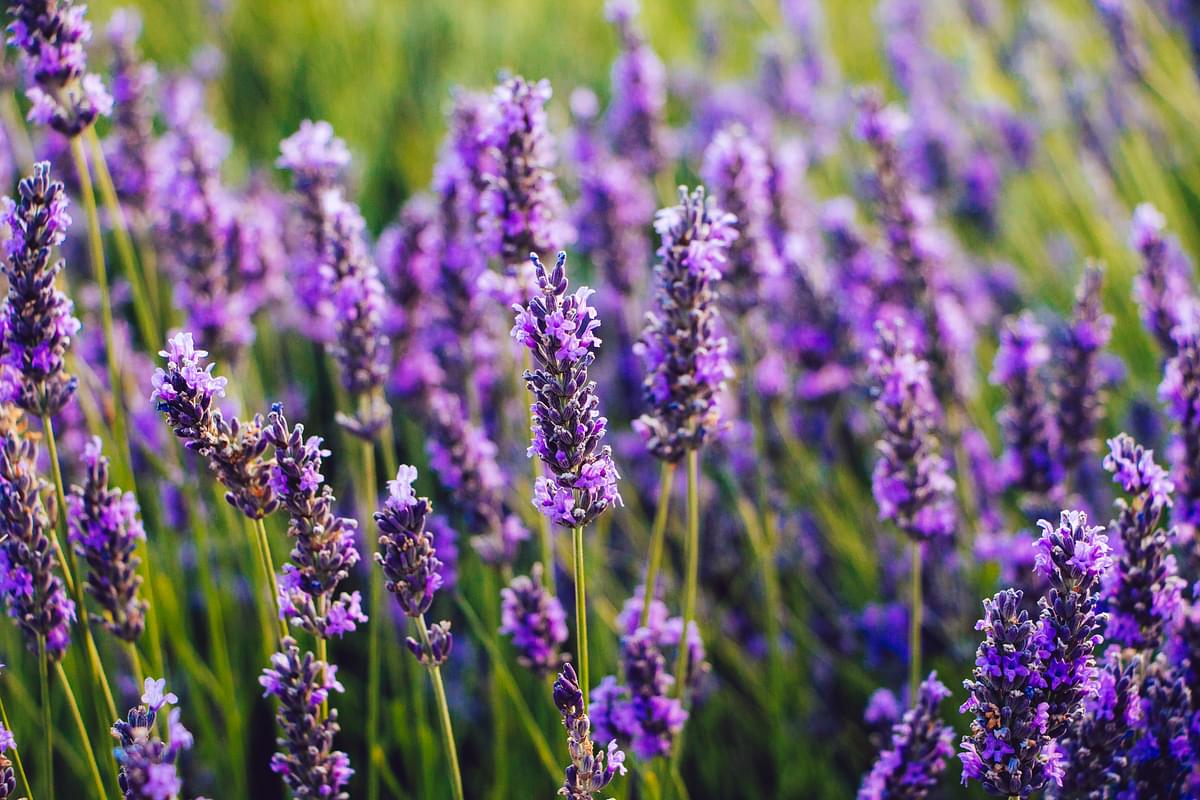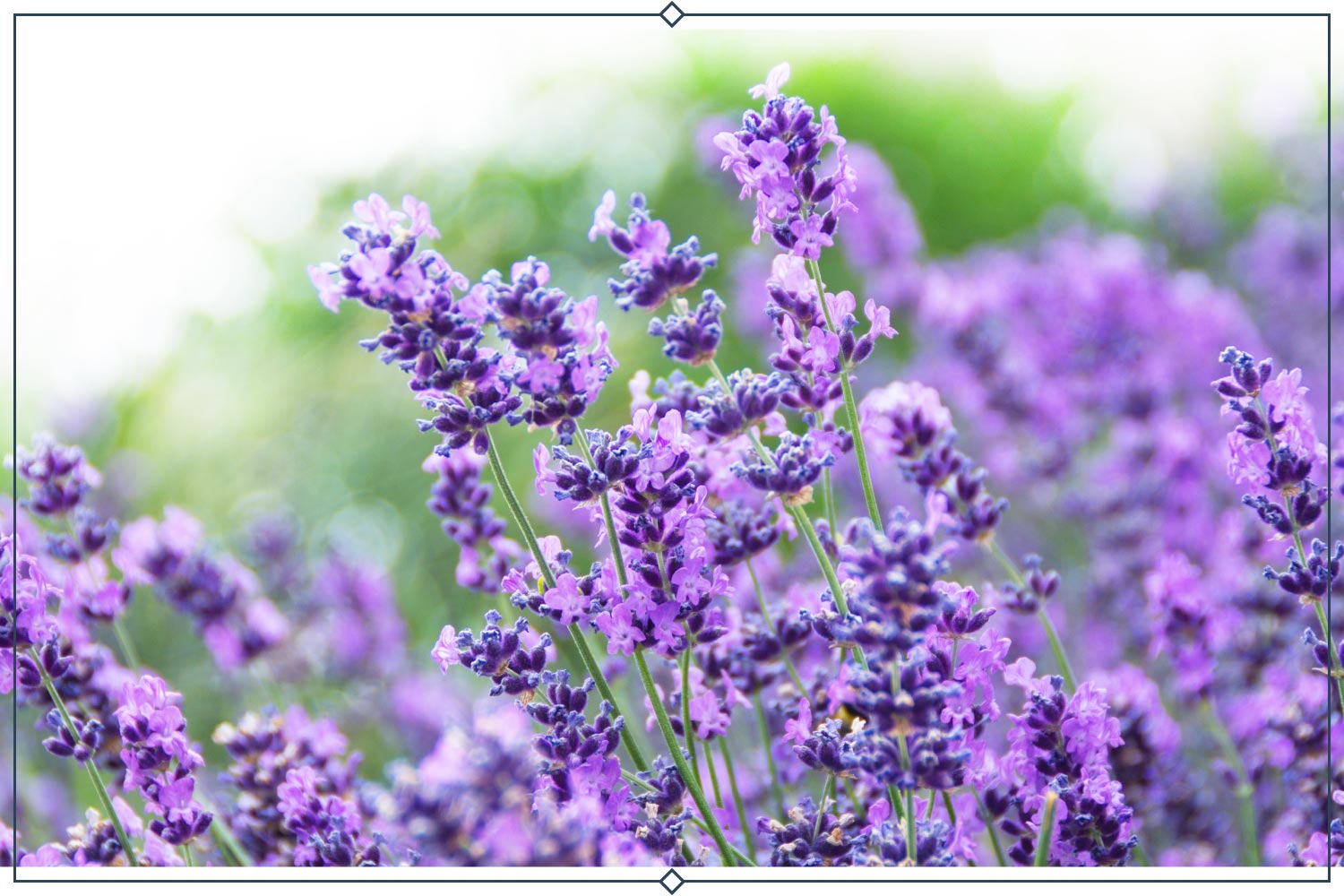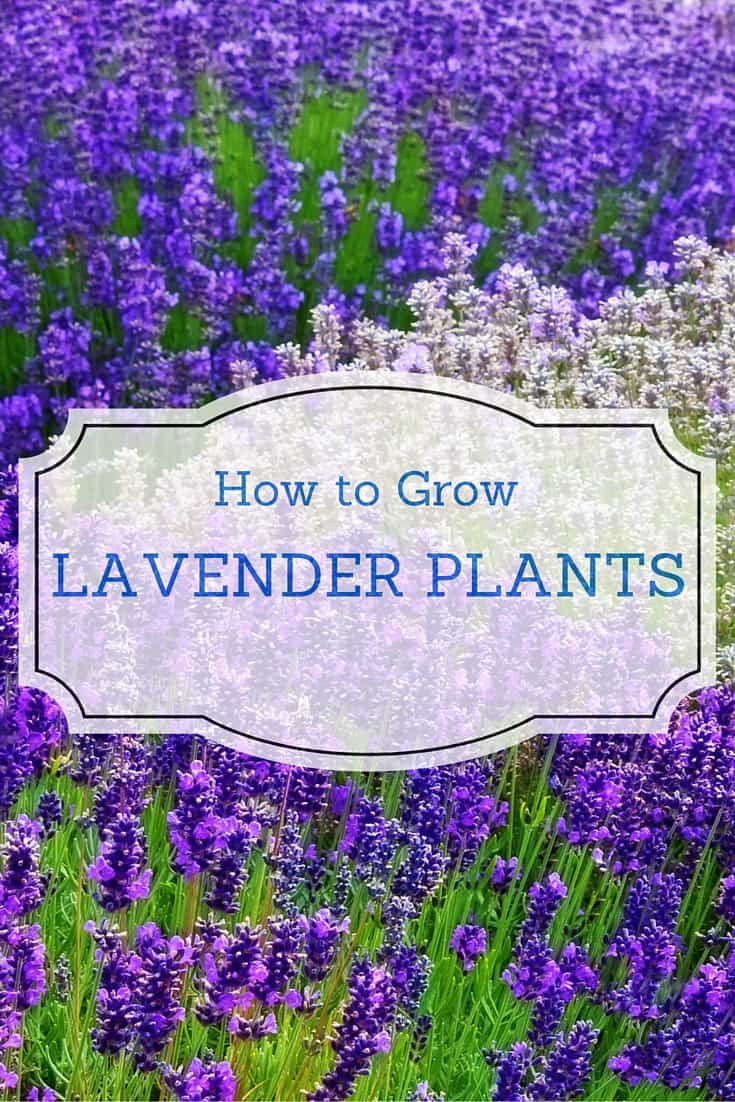Understanding the Factors that Affect Lavender Longevity
Lavender plants are known for their beauty, fragrance, and medicinal properties, but their lifespan can vary greatly depending on several factors. To answer the question of how long does lavender live, it’s essential to understand the factors that influence their longevity. Climate, soil quality, watering habits, and pruning practices are some of the key factors that can impact the overall health and lifespan of lavender plants.
Climate plays a significant role in determining the lifespan of lavender plants. Lavender plants thrive in well-draining soil and full sun, but extreme temperatures, drought, and excessive rainfall can shorten their lifespan. In areas with harsh winters, lavender plants may need to be protected from frost and freezing temperatures to survive. On the other hand, in regions with mild winters, lavender plants can live for several years with proper care.
Soil quality is another crucial factor that affects the lifespan of lavender plants. Lavender plants prefer well-draining soil that is rich in organic matter. Poor soil quality can lead to root rot, nutrient deficiencies, and other problems that can shorten the lifespan of the plant. Regular fertilization and soil amendments can help maintain soil quality and promote healthy growth.
Watering habits are also critical in determining the lifespan of lavender plants. Overwatering can lead to root rot and other problems, while underwatering can cause stress and shorten the lifespan of the plant. Lavender plants require consistent moisture, especially during the first year after planting. However, established plants are more drought-tolerant and require less frequent watering.
Pruning practices are also essential in maintaining the health and longevity of lavender plants. Regular pruning helps promote new growth, prevents woody stems, and encourages blooming. Pruning also helps control the size and shape of the plant, making it more manageable and attractive. By understanding these factors and providing proper care, lavender plants can live for several years and provide beauty and fragrance to gardens and landscapes.
The Average Lifespan of Lavender Plants: What to Expect
The average lifespan of lavender plants varies depending on the type of lavender, growing conditions, and care. English lavender (Lavandula angustifolia) is known to live for around 5-7 years, while French lavender (Lavandula stoechas) has a shorter lifespan of around 3-5 years. Spanish lavender (Lavandula stoechas subsp. pedunculata) can live for around 5-6 years, while sweet lavender (Lavandula latifolia) has a longer lifespan of around 7-10 years.
Some lavender plants can live for several years with proper care, while others may have a shorter lifespan. Factors such as climate, soil quality, watering habits, and pruning practices can all impact the lifespan of a lavender plant. By understanding the average lifespan of different types of lavender, gardeners can better plan and care for their plants to maximize their lifespan.
It’s also worth noting that lavender plants can be divided into two main categories: hardy and tender. Hardy lavender plants are more tolerant of cold temperatures and can live for longer periods, while tender lavender plants are more sensitive to frost and have a shorter lifespan. By choosing the right type of lavender for your climate and growing conditions, you can increase the chances of your plant living a long and healthy life.
When asking how long does lavender live, it’s essential to consider the specific type of lavender and the growing conditions. With proper care and attention, many lavender plants can live for several years and provide beauty and fragrance to gardens and landscapes. By understanding the average lifespan of different types of lavender, gardeners can better plan and care for their plants to maximize their lifespan.
How to Extend the Life of Your Lavender Plant
To extend the life of your lavender plant, it’s essential to provide proper care and attention. One of the most critical factors is watering. Lavender plants require consistent moisture, especially during the first year after planting. However, overwatering can be detrimental to the plant’s health, leading to root rot and other problems. To avoid this, water your lavender plant when the top inch of soil feels dry to the touch.
Fertilization is also crucial for the health and longevity of lavender plants. Feed your plant with a balanced fertilizer during the growing season (spring and summer) to promote healthy growth and blooming. Avoid fertilizing during the dormant season (fall and winter), as this can cause the plant to produce new growth that may not have time to harden off before the first frost.
Pruning and deadheading are also essential for extending the life of your lavender plant. Prune your plant regularly to promote new growth, prevent woody stems, and encourage blooming. Deadheading, or removing spent flowers, can help encourage the plant to produce more blooms and prevent seed production, which can shorten the plant’s lifespan.
Protecting your lavender plant from pests and diseases is also vital for extending its lifespan. Keep an eye out for common pests like aphids, whiteflies, and spider mites, and treat your plant promptly if you notice any infestations. Regularly inspect your plant for signs of disease like yellowing leaves, black spots, or powdery mildew, and treat your plant with a fungicide if necessary.
By following these tips and providing proper care and attention, you can help extend the life of your lavender plant and keep it healthy and thriving for years to come. Remember, the key to a long-lived lavender plant is to provide consistent care and attention, and to be mindful of the potential risks and challenges that can affect its health.
The Role of Climate and Weather in Lavender Longevity
Climate and weather conditions play a significant role in determining the lifespan of lavender plants. Lavender plants are adapted to thrive in Mediterranean climates with warm summers and mild winters. However, extreme temperatures, drought, and excessive rainfall can impact the plant’s health and longevity.
High temperatures can cause stress to lavender plants, leading to reduced growth and flowering. Prolonged exposure to temperatures above 90°F (32°C) can cause the plant to become dormant, reducing its lifespan. On the other hand, temperatures below 40°F (4°C) can cause damage to the plant’s roots and stems, leading to reduced growth and increased susceptibility to disease.
Drought can also impact the lifespan of lavender plants. Lavender plants require consistent moisture, especially during the first year after planting. However, overwatering can be detrimental to the plant’s health, leading to root rot and other problems. In areas with low rainfall, supplemental irrigation may be necessary to ensure the plant receives adequate moisture.
Excessive rainfall can also impact the lifespan of lavender plants. Lavender plants prefer well-draining soil and can be susceptible to root rot if the soil is waterlogged. In areas with high rainfall, it’s essential to ensure the soil drains properly to prevent waterlogged soil conditions.
To protect lavender plants from harsh weather conditions, it’s essential to provide proper care and attention. This includes providing supplemental irrigation during drought, protecting the plant from extreme temperatures, and ensuring the soil drains properly to prevent waterlogged soil conditions. By understanding the role of climate and weather in lavender longevity, gardeners can take steps to protect their plants and promote healthy growth and longevity.
Lavender Plant Care: Common Mistakes to Avoid
While lavender plants are relatively low-maintenance, there are several common mistakes that can shorten their lifespan. One of the most common mistakes is overwatering. Lavender plants prefer well-draining soil and can be susceptible to root rot if the soil is waterlogged. To avoid this, make sure to water your lavender plant sparingly, allowing the soil to dry out slightly between waterings.
Underwatering is another common mistake that can impact the lifespan of lavender plants. While lavender plants are drought-tolerant, they still require consistent moisture to thrive. Make sure to water your lavender plant regularly, especially during the first year after planting.
Inadequate pruning is another mistake that can shorten the lifespan of lavender plants. Pruning is essential for promoting healthy growth, preventing woody stems, and encouraging blooming. Make sure to prune your lavender plant regularly, removing any dead or damaged stems and shaping the plant to maintain its desired form.
Not providing enough sunlight is another mistake that can impact the lifespan of lavender plants. Lavender plants require full sun to thrive, so make sure to plant them in a location that receives at least six hours of direct sunlight per day.
Not protecting the plant from pests and diseases is another mistake that can shorten the lifespan of lavender plants. Lavender plants are susceptible to pests like aphids, whiteflies, and spider mites, as well as diseases like root rot and leaf spot. Make sure to inspect your plant regularly and take action promptly if you notice any signs of pests or diseases.
By avoiding these common mistakes, you can help extend the lifespan of your lavender plant and keep it healthy and thriving for years to come. Remember, the key to a long-lived lavender plant is to provide consistent care and attention, and to be mindful of the potential risks and challenges that can impact its health.
Pruning Lavender Plants for Optimal Health
Pruning is an essential part of lavender plant care, as it helps to promote healthy growth, prevent woody stems, and encourage blooming. Pruning also helps to maintain the shape and size of the plant, making it more manageable and attractive.
When to Prune: The best time to prune lavender plants is in the spring, after the threat of frost has passed. Pruning in the spring helps to promote new growth and encourages the plant to produce more flowers. You can also prune in the fall, after the blooming period has ended, to help prepare the plant for the winter months.
How to Prune: To prune your lavender plant, start by removing any dead or damaged stems. Cut back the stems to the base of the plant, making sure to leave at least two sets of leaves on each stem. This will help the plant to regrow and produce new flowers.
Pruning for Different Types of Lavender: Different types of lavender require different pruning techniques. For example, English lavender (Lavandula angustifolia) requires more frequent pruning than Spanish lavender (Lavandula stoechas). French lavender (Lavandula stoechas subsp. pedunculata) requires less frequent pruning, but still needs to be pruned regularly to maintain its shape and size.
Step-by-Step Pruning Instructions: Here are some step-by-step pruning instructions for lavender plants:
1. Remove any dead or damaged stems from the plant.
2. Cut back the stems to the base of the plant, leaving at least two sets of leaves on each stem.
3. Shape the plant to maintain its desired form and size.
4. Prune the plant regularly to promote healthy growth and encourage blooming.
By following these pruning instructions, you can help to promote healthy growth and encourage blooming in your lavender plant. Remember to prune your plant regularly to maintain its shape and size, and to encourage new growth and flowering.
Propagating Lavender Plants: A Guide to Success
Propagating lavender plants is a great way to share these beautiful and fragrant plants with friends and family, or to create new plants for your own garden. There are several methods for propagating lavender plants, including taking cuttings, dividing established plants, and growing new plants from seed.
Taking Cuttings: One of the most common methods for propagating lavender plants is by taking cuttings. This involves cutting a stem from a mature lavender plant, removing lower leaves, and planting it in a pot filled with a well-draining mix. Keep the soil consistently moist and warm until roots develop.
Dividing Established Plants: Another method for propagating lavender plants is by dividing established plants. This involves carefully digging up a mature lavender plant, separating the roots, and replanting the separated sections in a new location. This method is best done in the spring or fall when the plant is dormant.
Growing from Seed: Lavender plants can also be grown from seed. This method is more challenging than taking cuttings or dividing established plants, but can be a fun and rewarding experience. Sow lavender seeds in a pot filled with a well-draining mix, and keep the soil consistently moist and warm until germination.
Benefits of Propagation: Propagating lavender plants has several benefits, including the ability to share plants with friends and family, create new plants for your own garden, and preserve the genetic material of a particular lavender variety. Additionally, propagation can help to increase the lifespan of a lavender plant by allowing you to create new plants from a mature plant that may be nearing the end of its lifespan.
Increasing the Chances of Success: To increase the chances of success when propagating lavender plants, make sure to use healthy and disease-free plant material, provide optimal growing conditions, and follow proper propagation techniques. Additionally, be patient and don’t get discouraged if not all of your propagation attempts are successful.
Conclusion: Maximizing the Lifespan of Your Lavender Plant
In conclusion, the lifespan of a lavender plant can vary depending on several factors, including climate, soil quality, watering habits, and pruning practices. By understanding these factors and taking steps to provide optimal care, you can help maximize the lifespan of your lavender plant.
Remember, lavender plants are relatively low-maintenance and can thrive with proper care. By following the tips and advice outlined in this article, you can help extend the life of your lavender plant and enjoy its beauty and fragrance for years to come.
Some final tips for maximizing the lifespan of your lavender plant include:
Providing optimal growing conditions, including full sun and well-draining soil.
Watering and fertilizing regularly, but avoiding overwatering and underwatering.
Pruning regularly to promote healthy growth and prevent woody stems.
Protecting the plant from pests and diseases, and taking action promptly if you notice any signs of infestation or infection.
Propagating new plants from cuttings, divisions, or seed to share with friends and family, or to create new plants for your own garden.
By following these tips and taking a proactive approach to caring for your lavender plant, you can help ensure that it lives a long and healthy life.
We hope this article has provided you with valuable information and insights on how to care for your lavender plant and maximize its lifespan. If you have any questions or comments, or if you’d like to share your own experiences and tips for growing healthy and long-lived lavender plants, please don’t hesitate to reach out.








